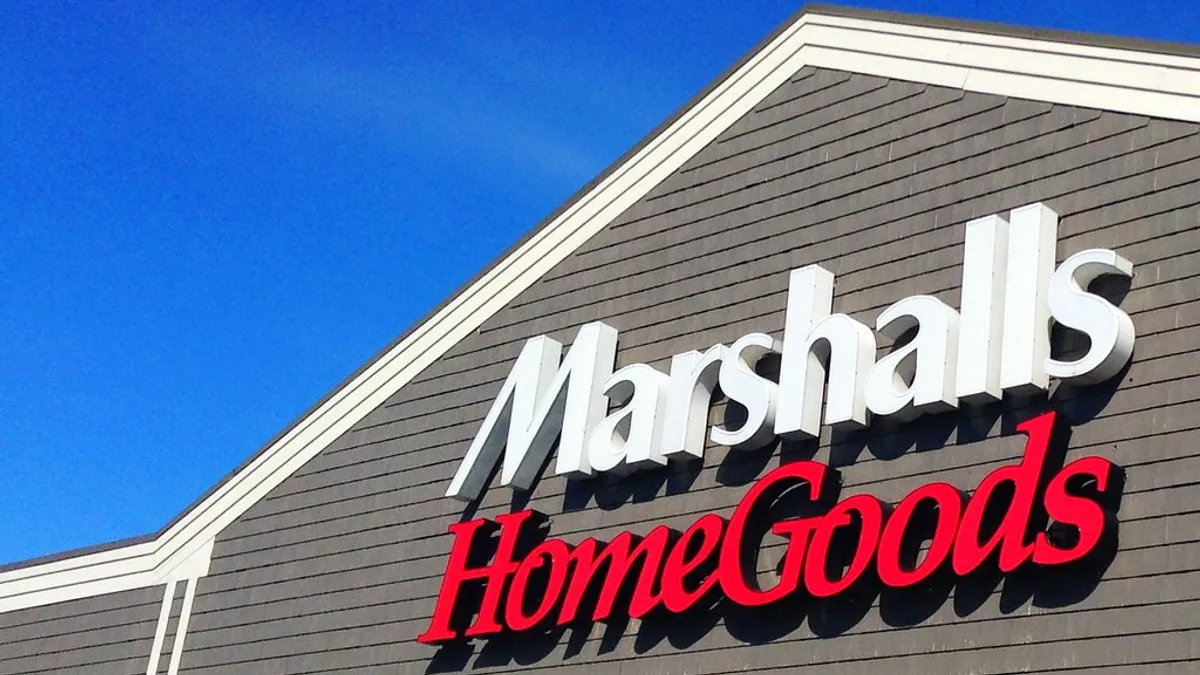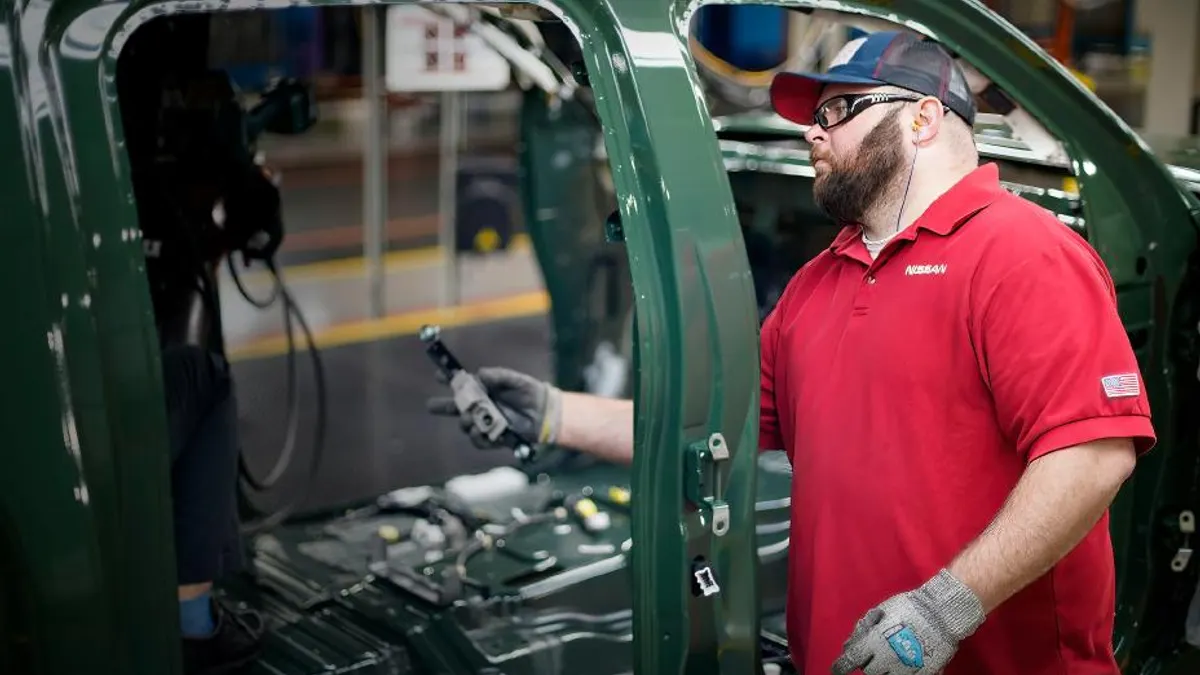The old adage, and a good rule of thumb for retailers, is “the customer is always right.”
In the days prior to online shopping, it was more of an attitude that good retailers instilled to make their customers welcome. The retailers, however, were still in charge.
Today, that’s no longer the case. Consumers have taken the lead, and never is it more apparent for retailers and the supply chain than in the peak seasons, such as back-to-school and the Christmas and Hanukkah holidays.
Planning for peak starts well before the event, of course, with an eye on “the big peak” at the end of the year, points out Jason Denmon, vice president of retail at Fortna, the Pennsylvania-based distribution consulting and engineering firm. “You see merchants trying to drive revenue around traditional times, maybe Columbus Day, Labor Day, and using those smaller peaks as trial runs for both their brick-and-mortar and internet channels.”
A matter of comfort
The key, says Greg White, president and founder of Blue Ridge, an Atlanta-based provider of supply chain planning solutions, is not forecasting items, but forecasting consumers. Brand loyalty is no longer a driving force; consumers are deciding what is best for them.
“Consumers are more comfortable with the personal,” White says. “They know what’s comfortable for them. Retail forecast plans respond in weeks, months, seasons. But for the consumer, [the need is] immediate. Retailers have to be as connected to consumers as possible.”
And consumers don’t care where they get their goods. The store, the DC, online, catalog. It doesn't matter. They’ll pick what’s best for them and shop that way.
For consumers, the in-store experience is as relevant to them as online.

Branden Jenkins
General Manager of Global Retail, NetSuite
Consumers are certainly willing to spend. For example, according to the National Retail Federation, back-to-school shopping in 2017 rose from $75.8 billion to $83.6 billion over 2016. In an NRF survey, parents of school-age children spent about $114 per household on school supplies, $239 on clothing, $204 on electronics and $130 on shoes.
As you plan, White advises, think about “what do we do this year vs. what we did last year?” A year ago, he says, retailers bundled products, making it easier to buy, but this year, products were sold piecemeal, because they’re more aware of the consumer’s requirements. He points to his own family as an example, with children in high school, undergraduate and graduate programs, having different needs in different parts of the country — Atlanta and Athens, GA, and Champaign, IL. “How are consumers influenced in these markets?”
Back to school offers a great example of today’s shopping climate, says Branden Jenkins, general manager of global retail at California-based cloud-computing company, NetSuite. “For consumers, the in-store experience is as relevant to them as online. The path to the purchase is not linear.”
Challenges and solutions
Fortna’s Denmon points to a pair of challenges in getting ready for any peak, but especially the holiday crush:
- Labor availability, especially the shortage of help in distribution centers (DCs) and retail: “Is there time to hire, train and retain?” he asks.
- Changes from parcel providers: “They’re changing their pricing models and that will force retailers to better forecast shipments and to know the dimensions (of each parcel). There is a real opportunity for impact to the bottom line with accurate parcel data.”
The apparel industry is one that must constantly plan far ahead and be ready to adjust. Many have already begun small second-shifts to prepare for peak. They start prior to Labor Day so they can practice during back-to-school, learning how to handle the big holiday rush. Many add new equipment during the summer so they’re ready for back-to-school.
“Retailers need to work out the kinks before holiday peak,” Denmon says. “It’s an intense and ongoing planning process. They need to get out in front in merchandising and planning and have a good cross-operational plan to see what’s selling and what adjustments they need to make.”
He also advises that companies do dry runs across the whole on retail, fulfillment and customer service. Do so across multiple shifts. That way you’ll find where the stresses are on the processes and the equipment. “If we need, say, 20% more, are we ready to do it? Get second shifts in place on fulfillment. Get them up and going. That’s how you turn into a true team."
The key is not forecasting items, but forecasting consumers.

Greg White
President and Founder, Blue Ridge
One Blue Ridge customer, Arc’Teryx, a high-end activeware brand, has to plan seasonally with new collections always coming out. Each season is a lesson.
“They use every season as an opportunity to learn how to deploy the next,” White says. “How is the brand taking off? What are the hot items? They’re learning from how trends are occurring and how to respond to those changes in demand. As their volumes is growing and [they’re] becoming a more recognized brand, they’re using that knowledge for the next season. They’re growing at a 30 percent rate, so it makes last season useless.”
Which brings us back to the consumer, who wants it now. And it’s up to the retailer to provide that service, or else the consumer will move on.
“We think it’s a very basic premise, Jenkins says. “Have a singular, real-time view of the items. Once [that system is] in place, they can intelligently process the order. If it’s in your store, it will be seamless. If not, get on the computer and find it.” If the operation can be orchestrated from the back office, it will better for the retailer and consumers. “If they order online, maybe it’s not at the DC, but at a store close to the consumer, or a store that’s overstocked.”
Whatever it takes, the consumer is waiting. But he or she won’t wait very long.





















